8 Ways to Automate Your Email Newsletters and Drip Campaigns
Do you often feel overwhelmed by the time spent emailing your customers? You’re not alone. Many business owners and marketers find email tasks challenging to manage. This is where email automation becomes invaluable. It can save you hours each week while enhancing your results. Smart tools allow you to set up automated welcome emails, drip campaigns, and regular newsletters.
This process leads to reduced stress and more time for other business activities. Automation helps you engage with your audience more effectively, whether you’re a beginner or looking to upgrade your current setup. You stay top of mind without daily effort. This guide will teach you eight straightforward methods to automate your drip marketing and email newsletters, boosting interaction and reinforcing your brand.
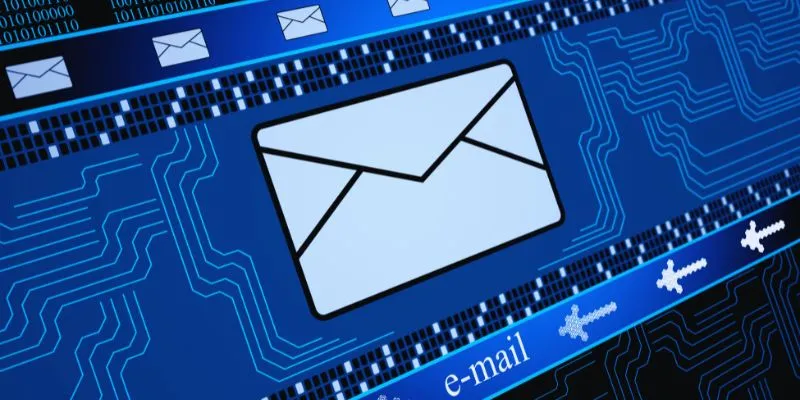
8 Ways To Automate Your Email Newsletters And Drip Campaigns
Explore these eight practical ways to automate your email newsletters and drip campaigns effortlessly.
Welcome New Subscribers Automatically
Start your email automation by setting up a welcome email. It’s crucial for ensuring every new subscriber receives a warm greeting immediately after signing up. A well-crafted welcome email can introduce your brand, provide valuable links, tips, or special offers, and set the tone for your relationship with the subscriber. Most email platforms allow you to automate this process easily. Use it to make a strong first impression and kickstart a positive experience.
Set Up a Series of Onboarding Emails
An onboarding email series is a smart way to help new subscribers understand your brand or product. You can guide them step-by-step using multiple emails sent over a few days. These messages can include blog links, product features, and how-to advice. Each email builds on the last and keeps the recipient engaged. Automation ensures information is delivered in the right order, fostering long-term interest and trust. Every email should conclude with a clear, simple call to action.
Send Newsletters on a Schedule
Automate your newsletters by scheduling them in advance instead of sending them manually each time. Decide on a frequency—weekly, monthly, or bi- monthly—to maintain consistent communication. Scheduled mailings keep your audience informed and help you stay top of mind. Automation tools let you choose the best delivery times and prepare content ahead of schedule. Reusing or refreshing previous content can also streamline the process. This consistent approach saves time and builds trust. Automation tools provide insights into what works and what can be improved.
Trigger Emails Based on User Actions
Behavior-based email triggers allow you to send timely, relevant messages. These emails are activated when a subscriber takes a significant action, such as clicking a link, downloading a file, or making a purchase. For example, you might send a reminder email if someone browses a product but doesn’t buy it. These timely emails feel more personal and relevant. This type of automation boosts engagement and conversion rates, showcasing your brand’s attentiveness. Most email platforms offer behavior-trigger features, making these valuable tools accessible.
Segment Your Audience for Better Targeting
Audience segmentation is key to sending more personalized and effective emails. Automation tools enable you to group your subscribers, allowing you to avoid sending one-size-fits-all messages. You can segment by location, interests, purchase behavior, or email activity. This means your content is tailored to what each group wants to see. Targeted emails feel more relevant, leading to higher open and click rates. Use forms, surveys, or past behavior to learn more about your audience. Segmentation, a main advantage of email automation , significantly enhances your efforts.

Use RSS-to-Email for Blog Updates
If you run a blog, RSS-to-email automation simplifies sharing new posts. This feature connects your email list to your blog’s RSS feed, automatically sending new articles to subscribers. You can create a weekly digest or send notifications for each post, keeping your readers updated with minimal effort. It’s an excellent way to promote content without manually copying or rewriting links. Automation ensures nothing is missed. For bloggers and content creators, most platforms make RSS setup straightforward.
Re-Engage Inactive Subscribers
Over time, some subscribers may become inactive. A re-engagement campaign can bring them back. Automation tools can track who hasn’t opened emails for several weeks or months, then send a message asking if they wish to remain subscribed. You might offer feedback, a special deal, or new content. These emails remind them why they signed up. If there’s no response after several attempts, consider removing them. This keeps your list clean and improves overall performance and deliverability rates.
Track Performance and Adjust Automatically
Beyond sending emails, automation systems track results and optimize your campaigns. You can view open rates, click-throughs, and unsubscribes for each message. Use this data to inform your decisions. Many tools offer A/B testing, allowing you to compare two email versions to see which performs better. Some systems even adjust future emails based on what’s working. This way, you improve over time with minimal extra effort. Automated tracking removes the guesswork, keeping your emails clear and your audience engaged.
Conclusion:
Automating your email newsletters and drip campaigns frees up time while boosting engagement. It ensures consistent, timely, and personalized messages for every subscriber. From welcome emails to re-engagement programs, automation handles the heavy lifting. You stay connected with your audience, achieving more with less effort. When employed with the right tools, these eight simple yet powerful strategies become highly effective. Start small and build from there. Over time, you’ll experience less stress and better performance. Email marketing doesn’t have to be complicated; it just needs to be smart and well-planned.
Related Articles
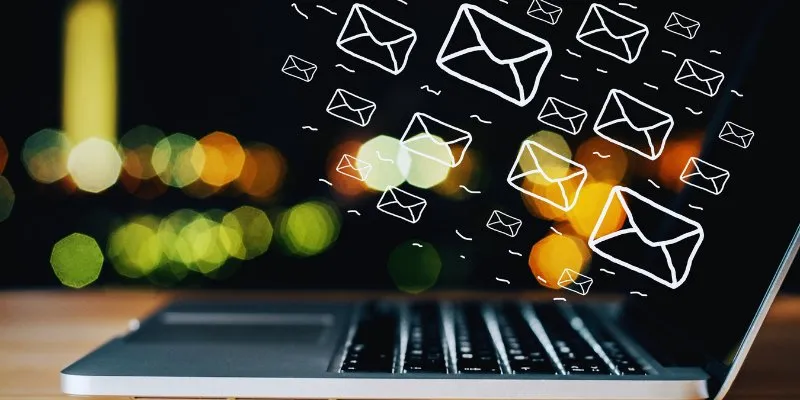
The Best Email Drip Campaign Software: Top Picks for Seamless Automation
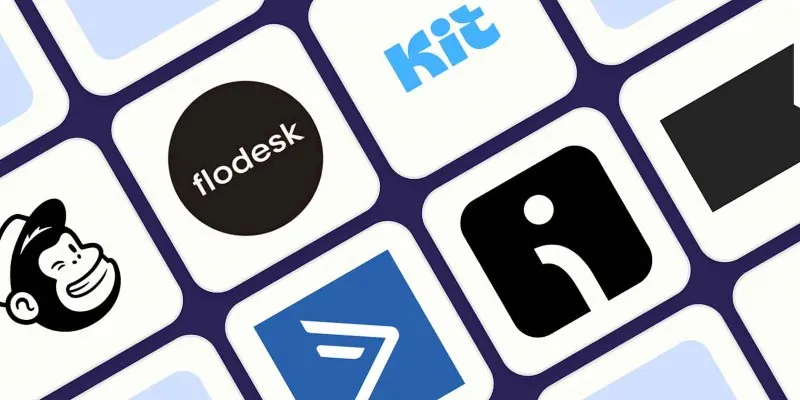
The 10 Best Email Drip Campaign Software in 2025 to Automate Your Outreach
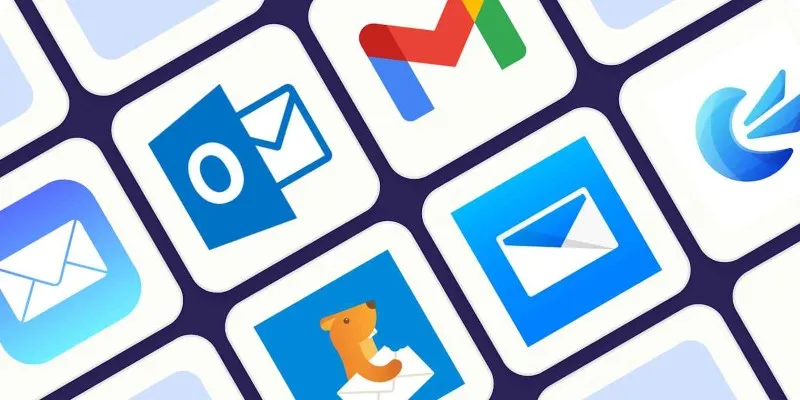
The 8 Best Email Apps for iPhone in 2025 to Keep You on Top of Things
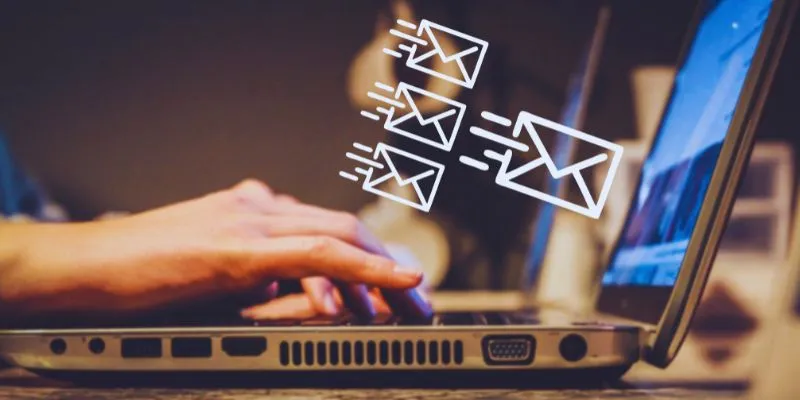
Which Are The 6 Best Email Clients for Mac: A Comprehensive Comparison
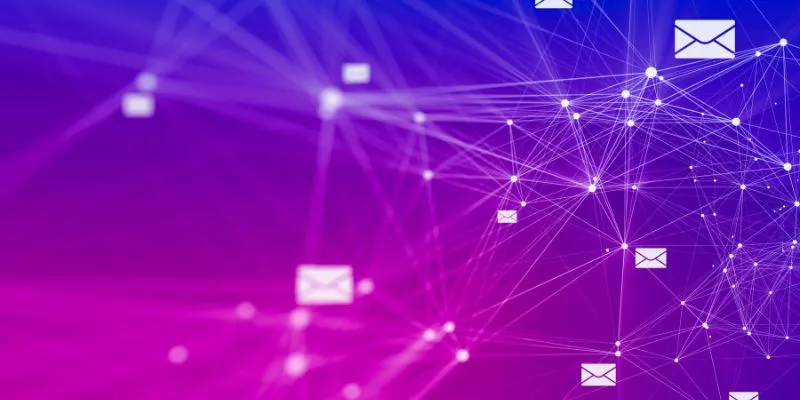
Upgrade Your Email Experience: The 7 Best Email Clients for Windows

The 10 Best Email Apps for iPhone: Streamline Your Inbox Today
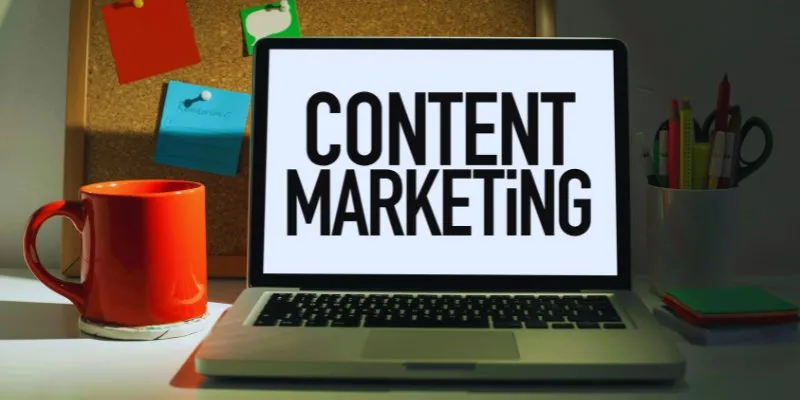
6 Ways to Automate Content Marketing with Jasper: Save Time and Boost Results
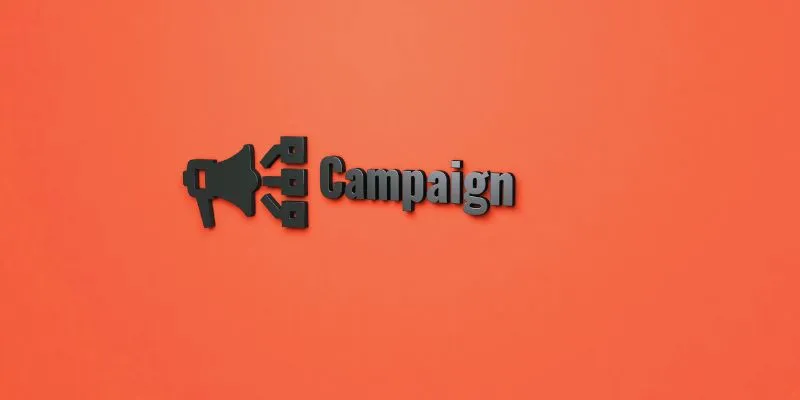
The 13 Best Campaign Management Software Tools to Streamline Your Marketing

Top ActiveCampaign Alternatives to Try in 2025 for Smoother Workflows
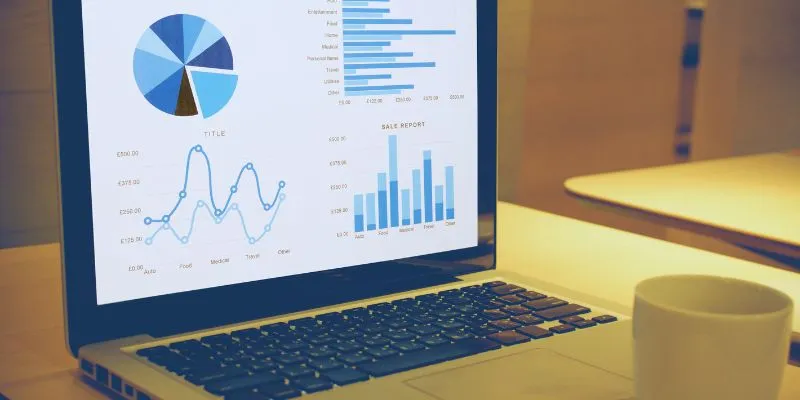
Top HubSpot Alternatives for Small Businesses in 2025
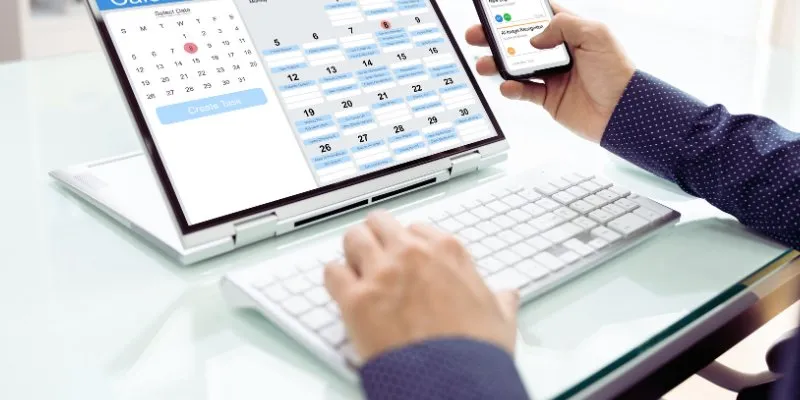
How to Create Trello Cards from Google Calendar Events: A Step-by-Step Guide

5 Proven Ways to Automate WordPress and Streamline Your Website Management
Popular Articles
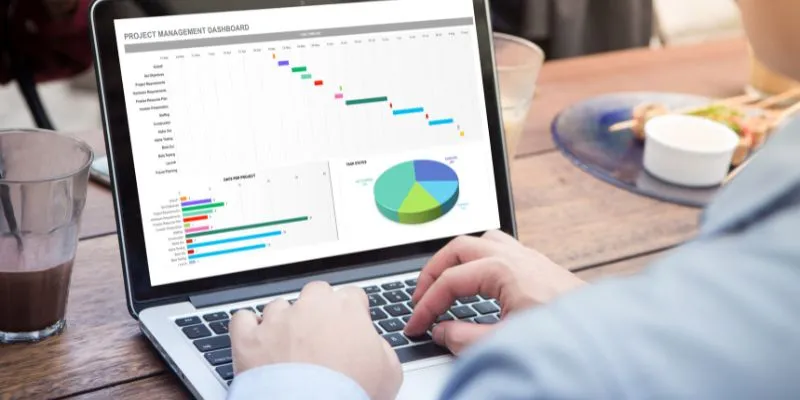
How Can You Connect Firebase to Google Sheets for Real-Time Data Syncing?

The 6 Best eCommerce Website Builders for a Successful Online Store in 2025
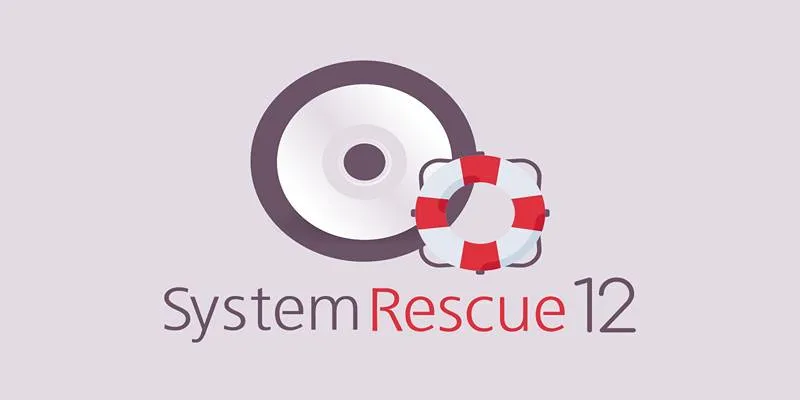
Try SystemRescue 12 with Bcachefs and Linux Kernel 6.12 Support

The Beginner’s Guide to Changing WAV Files into MP3 Format

How to Restore the Missing Link Title Field in WordPress 4.2 Easily

5 Best MP4 Screen Recording Tools for Capturing Videos on Your PC
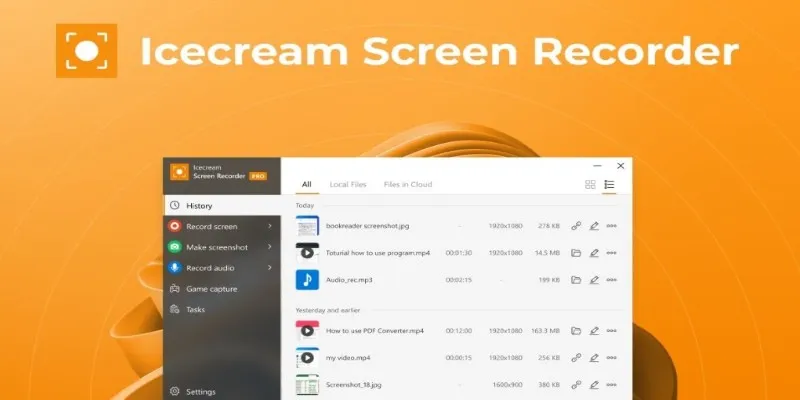
Icecream Screen Recorder Review: Features, Pricing & Alternatives

The 13 Best Campaign Management Software Tools to Streamline Your Marketing
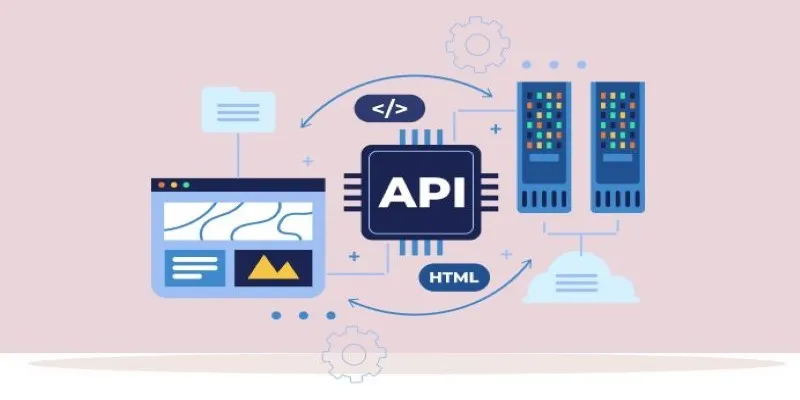
Why API Integration Is the Secret Behind Powerful Web Tools

Convert Olympic Footage for iMovie on Mac: 7 Proven Methods
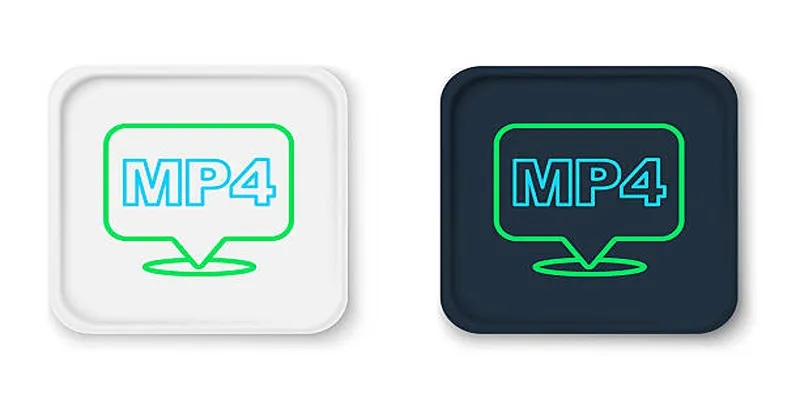
A Complete Guide to Understanding AVCHD and MP4
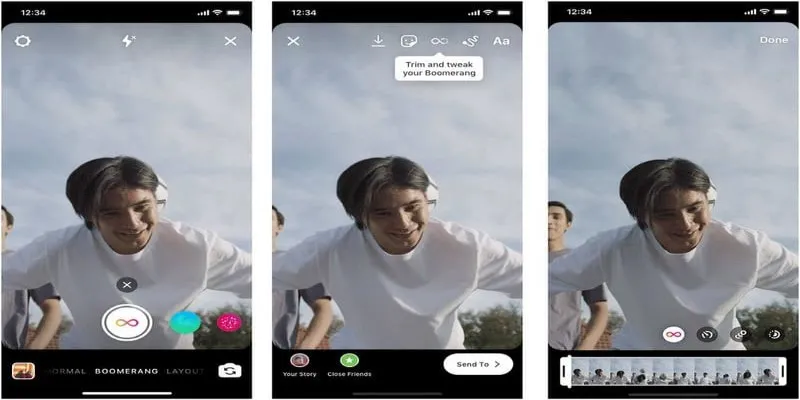
 mww2
mww2